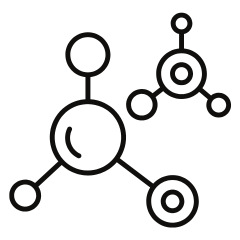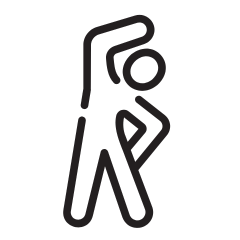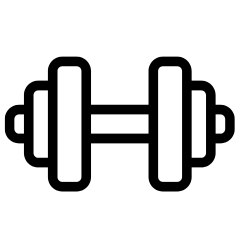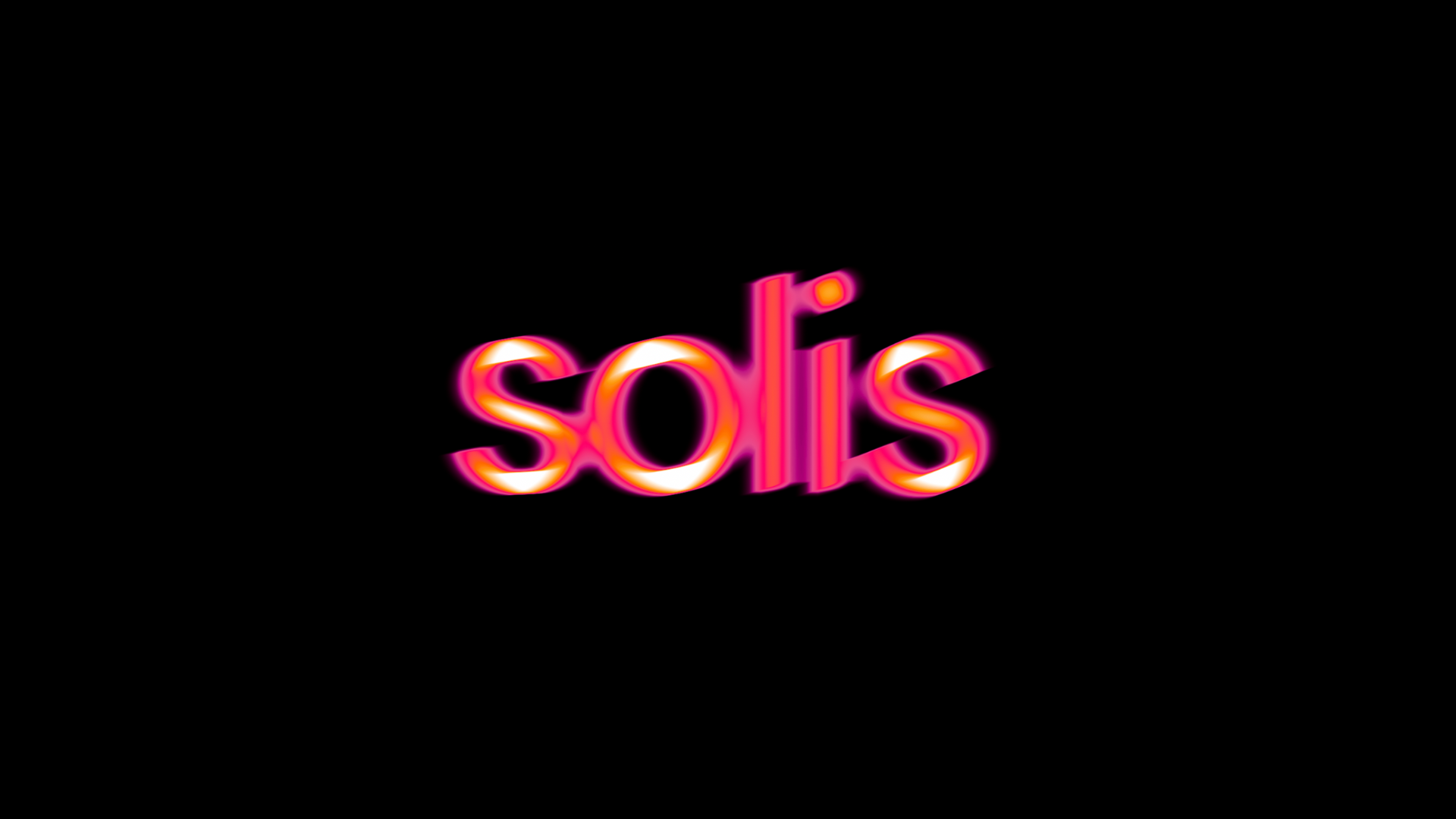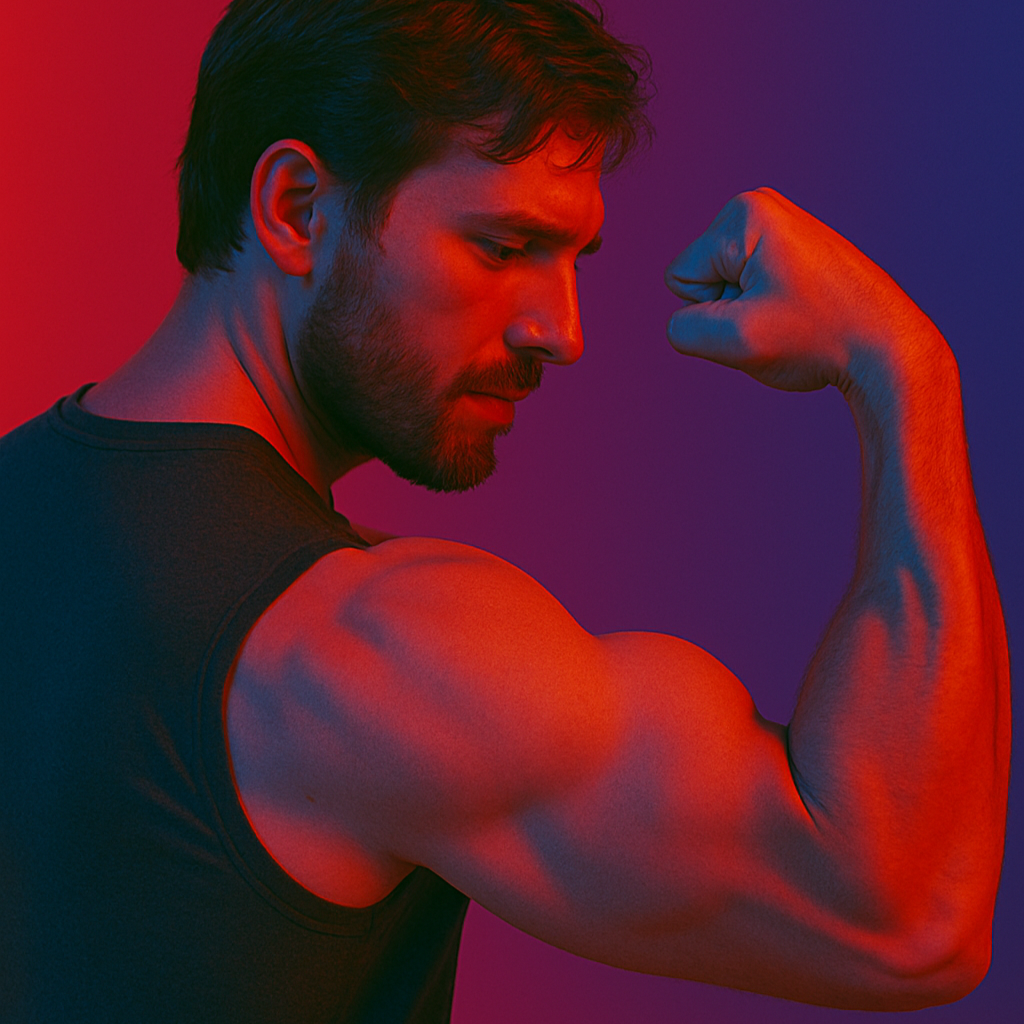
★★★★★ Rated 4.9/5
Accelerate Muscle Recovery and Enhance Performance With Red Light Therapy...
Traditional recovery methods only scratch the surface of what your body needs to perform at its peak. Research shows our specific wavelengths can increase muscle recovery speed by up to 40% while reducing inflammation and supporting cellular repair for faster return to training.
Why Solis is recommended by Sports Professionals:
☑️ Accelerates recovery without pharmaceutical interventions
☑️ Supports natural tissue repair and regeneration processes
☑️ Enhances training adaptation and performance metrics
Unlock Peak RecoveryHow Solis Red Light Therapy Transforms Muscle Recovery
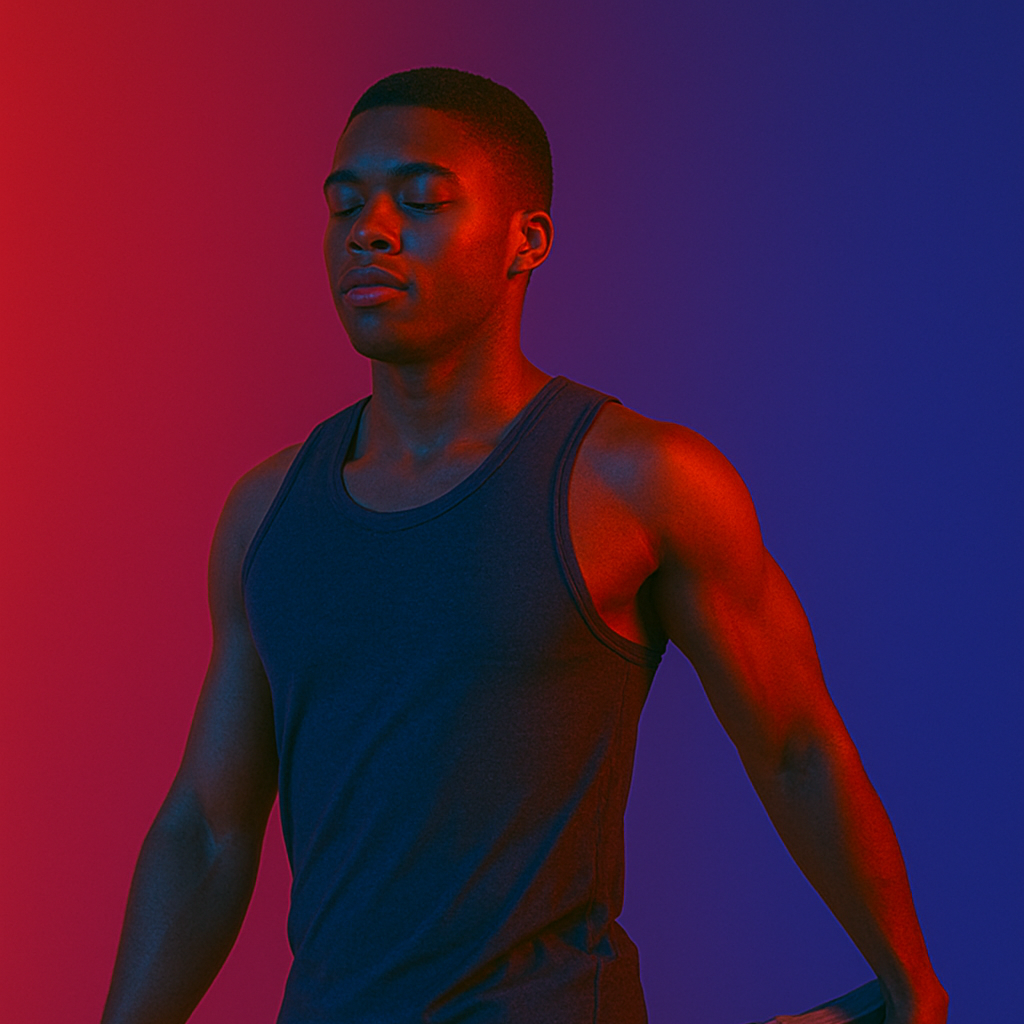
Unlike topical recovery aids that only reach the skin surface, Solis red light therapy penetrates 3-5cm into muscle tissue, directly accessing damaged fibers and cellular structures. The specific 660nm red and 810nm/830nm/850nm near-infrared wavelengths used in our panels are precisely calibrated to reach these deeper tissues where recovery actually happens.
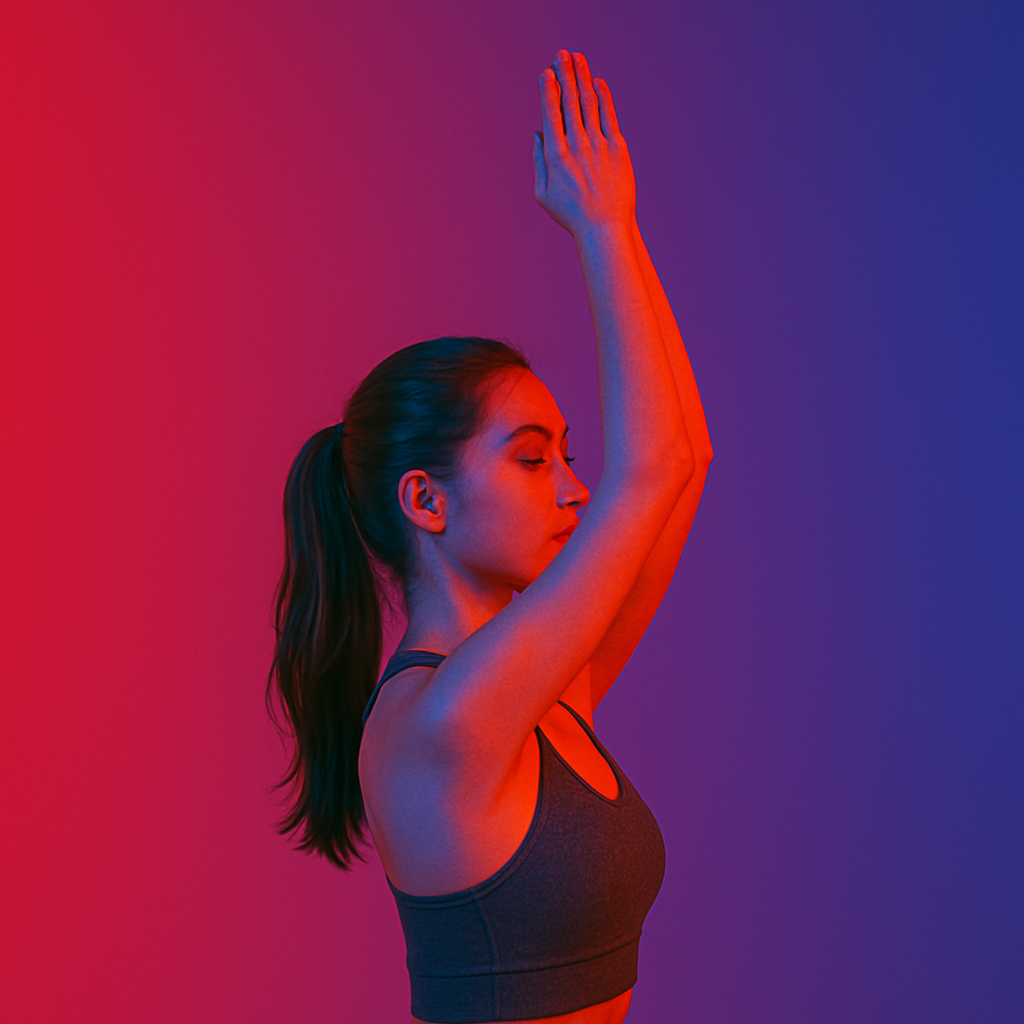
When therapeutic light reaches your muscle cells, it's absorbed by cytochrome c oxidase in the mitochondria, stimulating ATP synthesis (your cells' energy currency). This energy boost provides the power needed for cellular repair processes, essentially supercharging your body's natural recovery mechanisms without artificial stimulants or supplements.
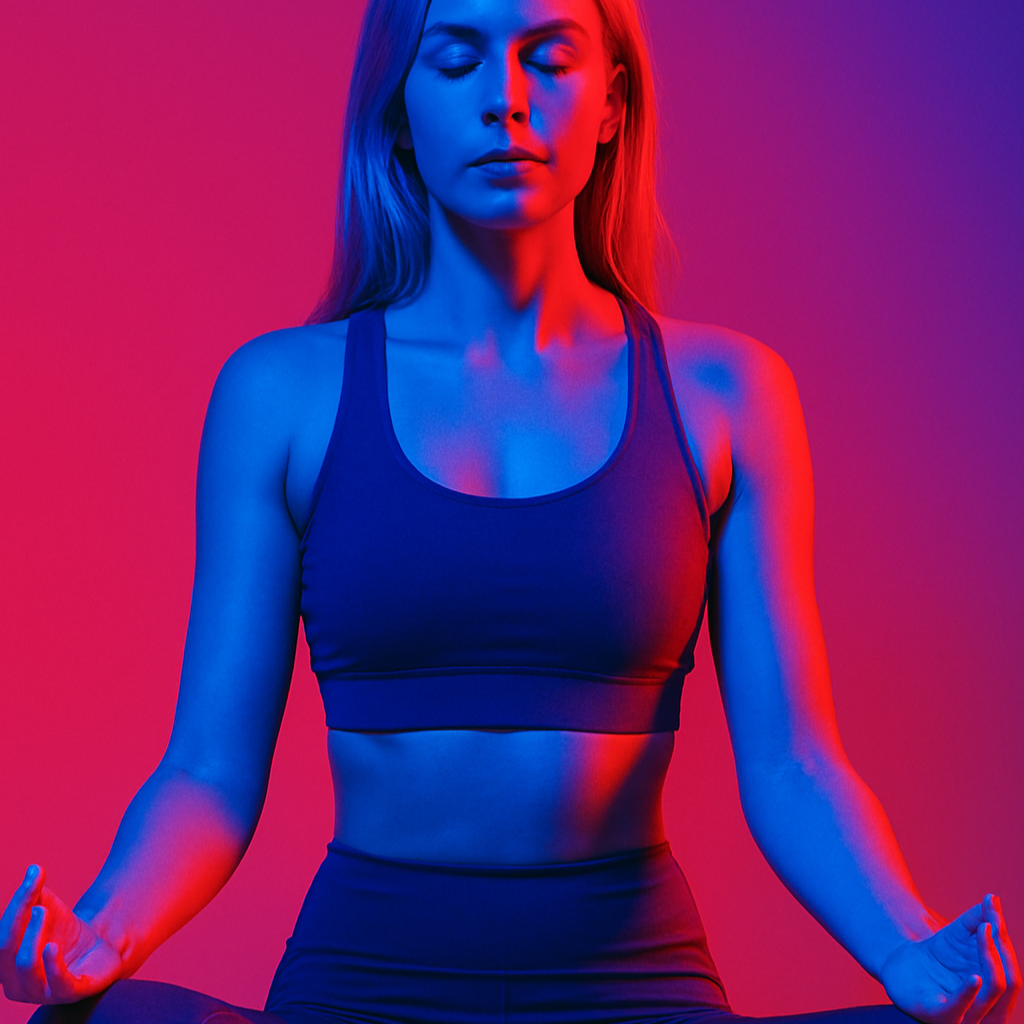
Red light therapy creates the perfect balance in your post-workout recovery by reducing excessive inflammation while still allowing necessary healing processes to occur. This optimisation helps your body clear metabolic waste products more efficiently while maintaining the constructive aspects of the inflammatory response that signal tissue repair.

Unlike traditional recovery methods that simply address symptoms, red light therapy enhances your body's adaptation to training stress. Regular sessions improve mitochondrial density and function over time, creating progressive improvements in recovery capacity that continue to strengthen with consistent use, ultimately leading to better performance outcomes.
Unlike topical recovery aids that only reach the skin surface, Solis red light therapy penetrates 3-5cm into muscle tissue, directly accessing damaged fibers and cellular structures. The specific 660nm red and 810nm/830nm/850nm near-infrared wavelengths used in our panels are precisely calibrated to reach these deeper tissues where recovery actually happens.
When therapeutic light reaches your muscle cells, it's absorbed by cytochrome c oxidase in the mitochondria, stimulating ATP synthesis (your cells' energy currency). This energy boost provides the power needed for cellular repair processes, essentially supercharging your body's natural recovery mechanisms without artificial stimulants or supplements.
Red light therapy creates the perfect balance in your post-workout recovery by reducing excessive inflammation while still allowing necessary healing processes to occur. This optimisation helps your body clear metabolic waste products more efficiently while maintaining the constructive aspects of the inflammatory response that signal tissue repair.
Unlike traditional recovery methods that simply address symptoms, red light therapy enhances your body's adaptation to training stress. Regular sessions improve mitochondrial density and function over time, creating progressive improvements in recovery capacity that continue to strengthen with consistent use, ultimately leading to better performance outcomes.




What else does the science say?
The athletic performance benefits of red light therapy are increasingly validated through sports science research. Clinical studies show these specific wavelengths accelerate muscle recovery by reducing inflammatory markers, enhancing mitochondrial function, and improving protein synthesis after exercise. Researchers have documented significant reductions in recovery time and improvements in subsequent performance metrics following regular use. This growing evidence explains why elite sports teams and performance specialists increasingly incorporate professional-grade red light therapy as a critical component of advanced training and recovery protocols.
In a randomised, double-blind trial by Leal Junior et al. (2008), 12 male volleyball players received 655 nm red laser therapy on the biceps before intense exercise. The treated group was able to perform significantly more repetitions to failure compared to placebo – an increase of about 8.5 reps versus only 2.7 in the placebo group (p = 0.0001). This amounted to roughly a threefold greater improvement in endurance for the red light group. The study concluded that red light preconditioning markedly delayed the onset of muscle fatigue. These results highlight that 655 nm red light (within Solis’s ~660 nm range) can enhance muscle performance and resilience.
(PMID: 18817474)
In a crossover, placebo-controlled study by Leal Junior et al. (2009), ten male athletes (professional volleyball players) were treated with 830 nm near-infrared (NIR) laser on their biceps before a high-intensity exercise test. Researchers found the 830 nm laser significantly increased muscular endurance: subjects could perform more repetitions until exhaustion after NIR treatment (on average ~4–5 additional reps) compared to the placebo condition (p = 0.042). No adverse changes in blood lactate occurred with laser use. The authors concluded that 830 nm NIR therapy delayed muscle fatigue during intense exercise. As 830 nm lies in Solis’s NIR wavelength range, this finding underscores the value of Solis’s wavelengths for improving workout capacity. (PMID: 18649044)
(PMID: 18649044)
In a controlled crossover trial by Leal Junior et al. (2010), nine male athletes received 810 nm laser phototherapy (using a 5-diode cluster) to their biceps just before exercise. The treated group showed enhanced performance, completing 14.5% more repetitions (39.6 ± 4.3 vs 34.6 ± 5.6 reps) than placebo (p = 0.037). Time to exhaustion was also 8% longer with laser (p = 0.034). Importantly, muscle recovery indicators improved: post-exercise blood lactate, creatine kinase (CK), and C-reactive protein levels were significantly lower in the 810 nm laser group than controls, indicating reduced muscle stress and inflammation. Thus, 810 nm (within Solis’s NIR range) not only acutely improved strength endurance but also accelerated recovery after exercise, illustrating the wavelength’s therapeutic value.
(PMID: 20436237)
In a double-blind crossover trial by Leal Junior et al. (2009), a cluster of 69 LEDs (mix of 660 nm red and 850 nm NIR) was applied to athletes’ biceps before exercise. The LED-treated athletes achieved ~13% greater muscle endurance than placebo – averaging 38.6 ± 9.0 contractions vs 34.2 ± 8.7 for placebo (p = 0.021. They also exercised longer (+11.6% time, p = 0.036) before fatigue. Moreover, markers of muscle strain were significantly reduced: post-exercise lactate, CK, and C-reactive protein levels were all lower with active LED therapy compared to controls. The study demonstrates that using red (660 nm) and infrared (850 nm) light – both in Solis’s wavelength range – in tandem can boost muscle performance and blunt the biochemical signs of exercise-induced muscle damage.
(PMID: 19731300)
In a randomised placebo-controlled study by Felismino et al. (2014), 22 active men performed an intensive biceps workout to induce muscle damage. One group received low-level laser therapy at 808 nm (1 J per point, applied at four points) between exercise sets. The laser group showed dramatically lower muscle damage markers in recovery. At 72 hours post-exercise, creatine kinase (CK) levels (a marker of muscle fiber damage) rose by only ~357% of baseline in the 808 nm laser group, versus an 841% spike in the placebo group (p < 0.05)pubmed.ncbi.nlm.nih.gov. In other words, muscle damage was less than half of that in untreated participants. While strength eventually returned to baseline in both groups, the significantly blunted CK surge indicates faster healing and less inflammation with 808 nm treatment. This finding – with 808 nm being within ~810 nm Solis range – supports the role of NIR light in reducing exercise-induced muscle injury and inflammation.
(PMID: 24005882)
In a randomised trial by Borges et al. (2014), 17 young men unaccustomed to heavy exercise performed 30 maximal eccentric biceps contractions (to induce DOMS – delayed onset muscle soreness). Immediately after, the test group received 630 nm LED therapy (20.4 J/cm²) on the exercised arm, while controls received a sham treatment. Over the next four days, the red light group experienced significantly better recovery. Muscle soreness ratings were lower, strength loss was less, and range-of-motion impairments were reduced at 24, 48, 72, and 96 hours post-exercise, compared to placebo. By 96 hours the treated arms had recovered near baseline strength and flexibility, whereas placebo arms were still more affected. A single 630 nm light session thus markedly attenuated post-workout soreness and functional deficits. This lies in Solis’s red light range, underscoring its effectiveness for speeding muscle recovery after strenuous exercise.
(PMID: 24258312)
In a double-blind controlled study by Douris et al. (2006), 27 healthy adults were split into three groups after inducing biceps DOMS via exercise: one group received daily phototherapy with 660 nm red + 880 nm infrared light (8 J/cm²) for 5 days, while a sham and a no-treatment group served as controls. The treated group reported significantly less muscle soreness at 48 hours post-exercise. On a 0–10 pain scale (VAS), pain in the red/NIR light group was markedly lower than in both the control (p = 0.01) and sham groups (p = 0.03). Similarly, a pain questionnaire showed lower scores in the light-treated group. There were no differences in arm swelling or resting arm angle, but the clear reduction in perceived pain indicates that red light around 660 nm can alleviate DOMS. This aligns with Solis’s use of 660 nm wavelengths to reduce post-exercise muscle pain and inflammation.
(PMID: 16875447)
Testimonials
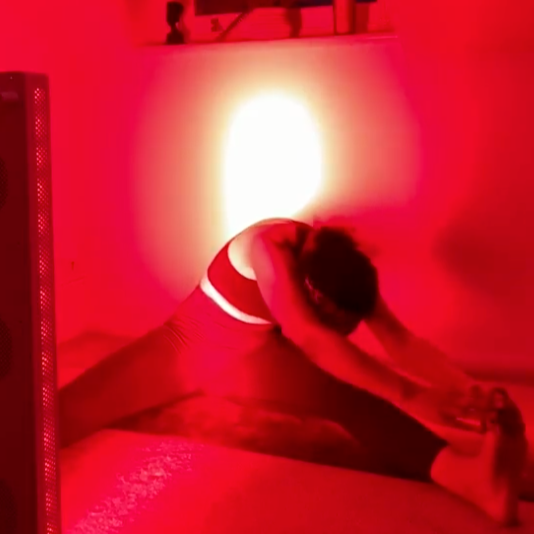
Rochelle F.
Instant Effect for Me!
I was looking for muscle repair following training. I didn't expect it to be instant. I had 5 years off running but wouldn't know it. My knees feel new too. After just six weeks with my Solis panel, I'm recovering faster than I ever have.
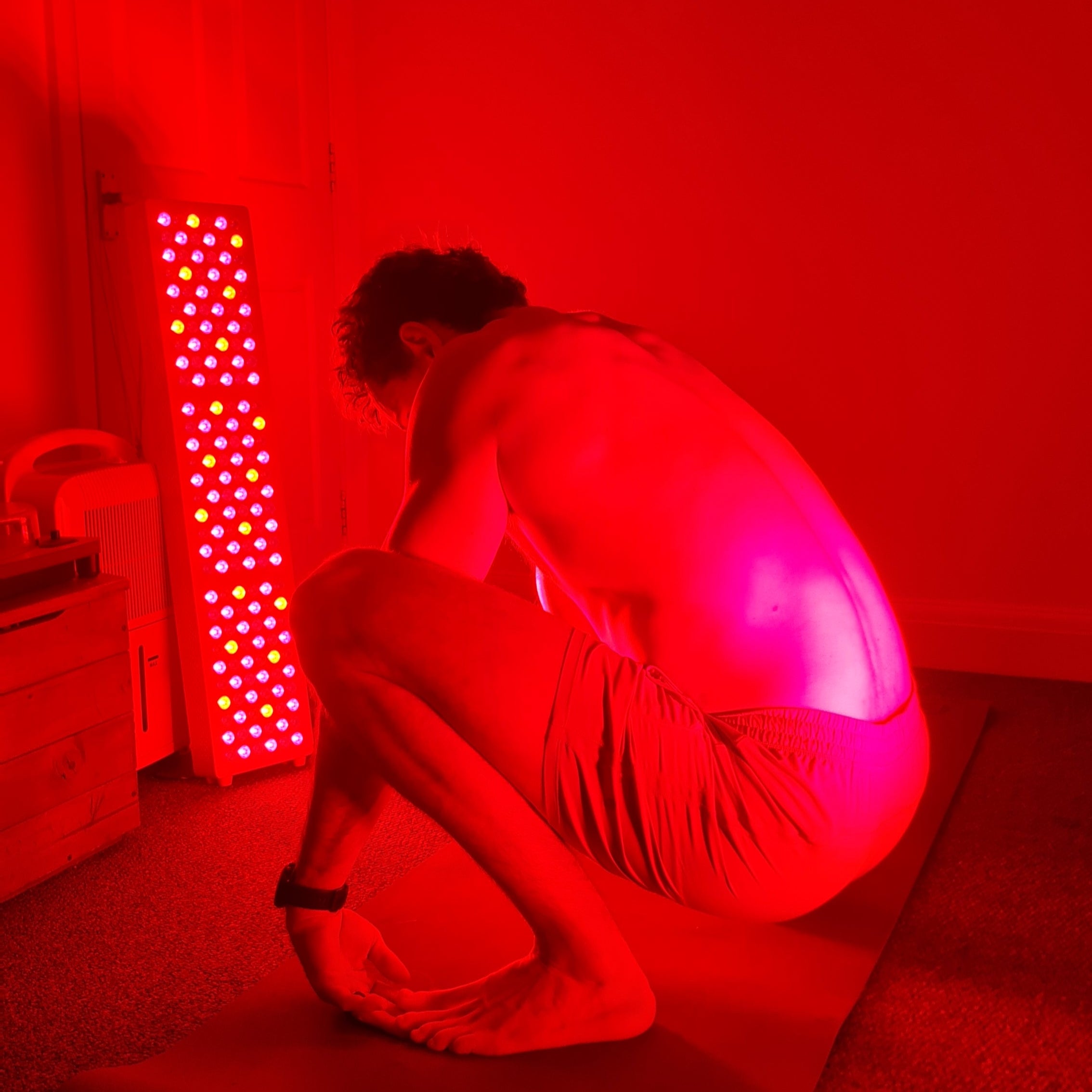
Harry Y.
Red Light Recovery in My Stretch Routine.
As a CrossFit athlete, proper recovery is just as important as the WODs themselves. I've incorporated my Solis panel into my post-workout stretch routine - 15 minutes of therapeutic light while I work through my mobility exercises. The difference in my recovery time is remarkable. I'm less sore the next day, my range of motion has improved significantly, and I'm able to train at high intensity more consistently throughout the week. It's become an essential part of my fitness toolkit that I recommend to everyone at my box."
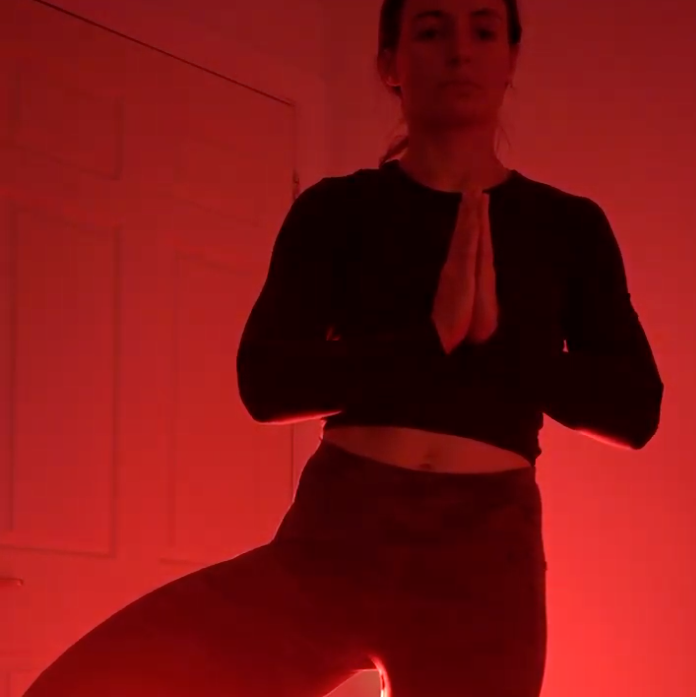
Milly D.
Gym Plateaus to New Personal Records.
I'd been stuck at the same weights and struggling with recovery between sessions for months. Adding the Solis panel to my routine was a game-changer. I use it for 10 minutes immediately after lifting, focusing on the muscle groups I targeted that day. The reduction in soreness is noticeable, but what really impressed me was breaking through strength plateaus after just three weeks. My recovery time between heavy sessions has decreased dramatically, allowing me to increase my training frequency without overtraining symptoms. It's the edge I needed to keep progressing.
Muscle Recovery FAQs
Use this text to share information about your product or shipping policies.
How long does it take to see muscle recovery results with red light therapy?
Some people feel a difference after just one session—especially with reduced soreness or faster bounce-back the day after a tough workout. That said, most clinical studies show noticeable results within 1–2 weeks of regular use (3–5x/week), with optimal benefits after 4+ weeks.
Consistency is key—your recovery gets stronger the more you use it.
Can red light therapy reduce soreness after intense workouts?
Yes. Red and near-infrared light have been shown to reduce DOMS (Delayed Onset Muscle Soreness) by lowering inflammation, supporting muscle repair, and speeding up recovery.
That next-day ache doesn't have to slow you down—Solis helps you recover smarter, not harder.
Will red light therapy help me recover faster from injury?
Clinical research shows red/NIR light can reduce inflammation, boost circulation, and support tissue repair—all of which are essential for healing. It’s been used successfully in everything from muscle strains to joint pain.
Whether it’s a strain, sprain, or post-training tweak, Solis can help get you back on your feet sooner.
Will red light therapy help with specific sports injuries?
Yes, red light therapy has shown impressive results for common sports injuries including tendonitis, ligament sprains, muscle strains, and joint inflammation. The therapy's ability to accelerate tissue repair while reducing inflammation makes it particularly valuable during rehabilitation. Many physical therapists and sports medicine doctors now incorporate red light therapy into treatment protocols because it can safely speed healing without the side effects associated with anti-inflammatory medications.
Does it work for athletes or just general users?
Red light therapy has been tested on both elite athletes and everyday users, with benefits ranging from faster muscle recovery to improved endurance and reduced fatigue.
Whether you’re training hard or just trying to move pain-free, Solis fits into any recovery routine.
Can I use it before workouts to improve performance?
Yes! Pre-workout sessions have been shown to delay muscle fatigue, increase reps to failure, and support better performance. Using Solis before training can help you push further and recover faster.
It’s like pre-workout—but for your muscles, not your bloodstream.
Do I need to target specific muscles for it to work?
For best results, apply Solis directly to the muscles you're recovering or training. That said, whole-body sessions or placing the panel to cover larger areas can also be effective.
Your body knows where to heal—Solis just helps speed up the process.
Will it help with joint pain and stiffness too?
Absolutely. Studies show red/NIR light can reduce joint pain and inflammation, improve flexibility, and support better movement, especially in knees, shoulders, and backs.
From sore muscles to creaky joints—Solis supports recovery from head to toe.
Is it safe to use every day?
Yes. Red and near-infrared light therapy is non-invasive, pain-free, and has no known side effects when used as directed. Many users enjoy daily sessions as part of their recovery or wellness routine.
Safe, natural, and easy to use—Solis is recovery you’ll actually look forward to.
Muscle Recovery Usage Guide
Optimal Positioning
Position your Solis panel 6-12 inches from targeted muscle groups immediately after exercise when tissues are most receptive to therapy. For larger muscle groups (quads, hamstrings, back), position the panel 10-12 inches away to cover more surface area. For focused recovery of smaller areas (calves, forearms, shoulders), position closer at 6-8 inches for maximum penetration. Aim to expose the muscles directly involved in your workout, keeping the panel perpendicular to the treatment area for optimal light absorption.
Dosage Protocol
For muscle recovery, 10-15 minute sessions provide optimal results. Use both Red (630nm/660nm) and Near-Infrared (810nm/830nm/850nm) settings simultaneously for comprehensive benefits—the red wavelengths address surface inflammation while NIR penetrates deeper to reach muscle fibres and connective tissue. For maximum recovery, use immediately post-workout and again 24-48 hours later when delayed onset muscle soreness (DOMS) typically peaks. Athletes in intensive training periods may benefit from twice-daily sessions (post-workout and before bed).
Habit Stacking
Massage Gun Enhancement: Use your massage gun on targeted muscle groups while positioned in front of your red light panel - the combination of mechanical tissue manipulation and cellular stimulation creates a powerful synergistic recovery effect.
Foam Rolling Partnership: Position your panel to shine on muscle groups as you work through your foam rolling routine - addressing myofascial restrictions while simultaneously promoting cellular repair.
Contrast Therapy Boost: Follow your contrast shower or ice bath with an immediate red light session - the improved circulation from temperature contrast therapy enhances light penetration and absorption.
Reminder: Consistency creates compounding benefits. Your recovery capacity builds over time with regular use, so maintain your red light routine even during deload weeks or lighter training periods to support ongoing adaptation.
Position your Solis panel 6-12 inches from targeted muscle groups immediately after exercise when tissues are most receptive to therapy. For larger muscle groups (quads, hamstrings, back), position the panel 10-12 inches away to cover more surface area. For focused recovery of smaller areas (calves, forearms, shoulders), position closer at 6-8 inches for maximum penetration. Aim to expose the muscles directly involved in your workout, keeping the panel perpendicular to the treatment area for optimal light absorption.
For muscle recovery, 10-15 minute sessions provide optimal results. Use both Red (630nm/660nm) and Near-Infrared (810nm/830nm/850nm) settings simultaneously for comprehensive benefits—the red wavelengths address surface inflammation while NIR penetrates deeper to reach muscle fibres and connective tissue. For maximum recovery, use immediately post-workout and again 24-48 hours later when delayed onset muscle soreness (DOMS) typically peaks. Athletes in intensive training periods may benefit from twice-daily sessions (post-workout and before bed).
Massage Gun Enhancement: Use your massage gun on targeted muscle groups while positioned in front of your red light panel - the combination of mechanical tissue manipulation and cellular stimulation creates a powerful synergistic recovery effect.
Foam Rolling Partnership: Position your panel to shine on muscle groups as you work through your foam rolling routine - addressing myofascial restrictions while simultaneously promoting cellular repair.
Contrast Therapy Boost: Follow your contrast shower or ice bath with an immediate red light session - the improved circulation from temperature contrast therapy enhances light penetration and absorption.
Reminder: Consistency creates compounding benefits. Your recovery capacity builds over time with regular use, so maintain your red light routine even during deload weeks or lighter training periods to support ongoing adaptation.


